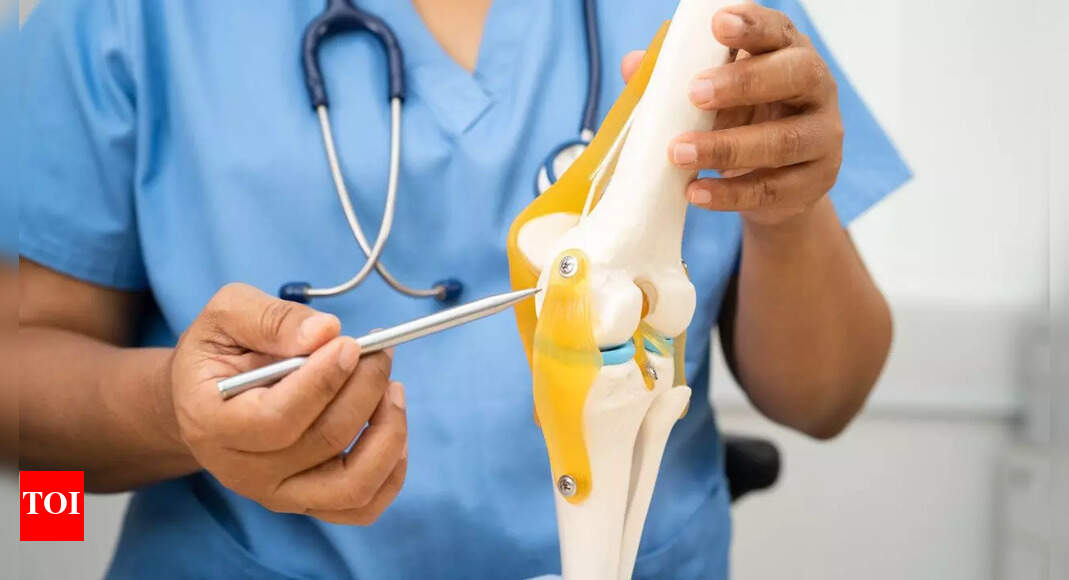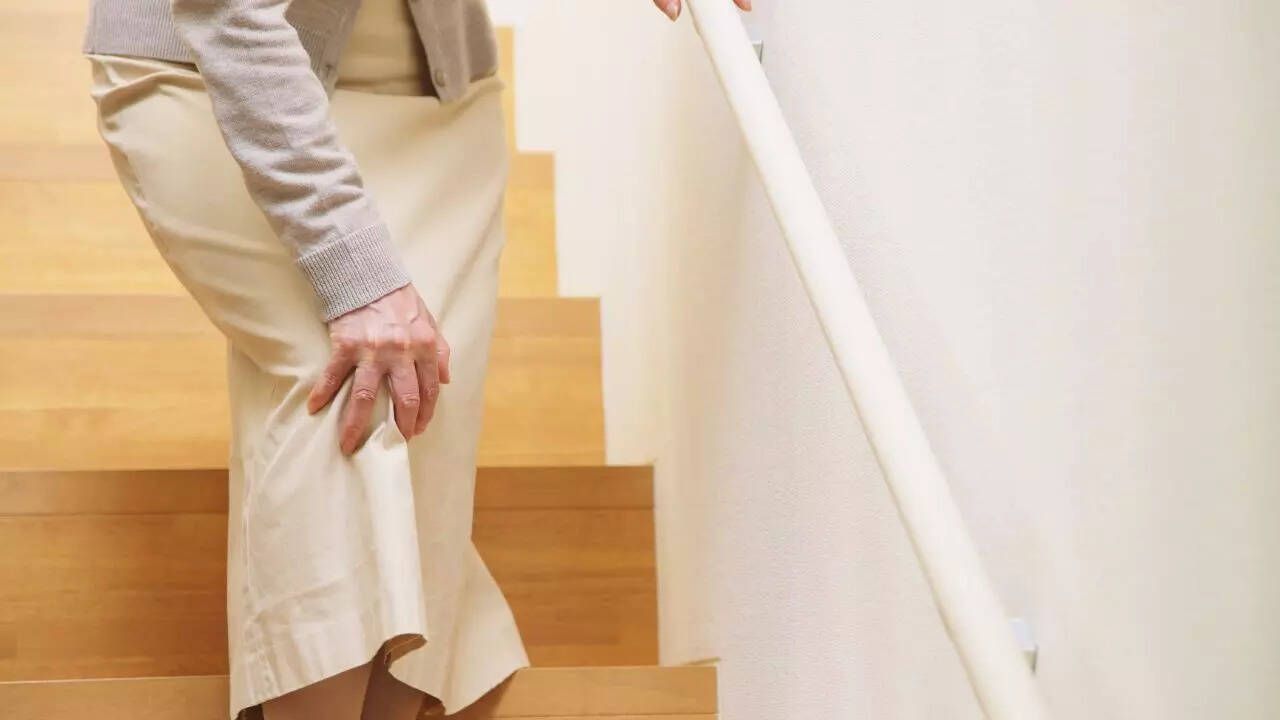
Knees silently carry the weight of a healthy everyday life, but many ignore knee pain as a part of getting older. What one considers morning stiffness in the knees can be an indicator of knee damage in future. Knee problems don’t appear overnight. Orthopedicians often warn about the very early signs that can indicate potential knee damage. However, understanding what these signs are and intervening appropriately can reduce the risks and maintain knee health.Dr. Dushyant Chouhan, ortho-expert and AIIMS surgeon, has highlighted 3 morning symptoms that indicate knee damage in future. Dr. Dushyant says, if these symptoms are ignored, they can lead to severe arthritis and sometimes can even lead to knee replacement.

1. Pain while climbing stairs
A study published in Arthritis Care & Research found that knee pain is most likely to first appear during weight-bearing activities involving bending of the knee, such as using stairs. Experiencing discomfort during stair climbing can be a very early sign of knee osteoarthritis.Knee pain while climbing stairs indicated early stress on the patellofemoral joint, the area behind the knee cap. If not addressed, this discomfort worsens over time.
2. Difficulty sitting on the floor
A study published in Arthritis & Rheumatology identified that within the first year from onset, frequently reported symptoms included knee pain, swelling, crepitus, stiffness, and instability. Feeling uncomfortable while kneeling or struggling to sit cross-legged signals reduced knee flexibility or early cartilage degradation. NIH research shows decreased joint range of motion can appear years before significant cartilage loss. 3. Grinding or cracking sound in the kneesA study published in Osteoarthritis and Cartilage found that if grinding or cracking sounds are accompanied with pain around the knee cap, it can indicate early changes in the knee joint and can be seen on MRI scans. This cracking sound in the knees is called Crepitus. persistent or painful crepitus is often one of the first signs of degenerative changes in the knee.

Credits: Canva
Why early detection mattersKnee damage develops gradually and catching it early can slow cartilage degeneration, reducing the risk of severe osteoarthritis and chronic pain and also the likelihood of surgery. Other than maintaining the most important aspects like mobility and quality of life, early lifestyle interventions and physiotherapy are more cost-effective than treating advanced diseasePreventing the progression of knee damage
- Strengthen supporting muscles: NIH research suggests muscle-strengthening exercises improve knee function. Focus on quadriceps, hamstrings and hip muscles to stabilize the knee and reduce cartilage stress.
- Engage in low impact exercise: Low-impact aerobic exercises reduce knee pain and improve function in early knee
osteoarthritis . Walking, swimming, or cycling improve mobility without stressing the knee joint.
- Maintain healthy weight: Research suggests each kilogram of weight loss decreases knee joint load and slows cartilage degeneration.
- Maintain a joint-friendly diet: Include omega-3 rich foods like fatty fish, walnuts. ensure adequate vitamin D from sunlight, eggs, or fortified milk and consume antioxidant-packed fruits and vegetables like berries, spinach, and broccoli to combat oxidative stress.

Knee health is often overlooked until pain or stiffness becomes severe, but the subtle morning symptoms can serve as early warning signs of potential knee damage. Recognizing these signs and adapting preventive strategies like muscle strengthening, low-impact exercise, maintaining a healthy weight, and a joint-friendly diet, can slow progression, reduce pain, and preserve mobility.







